On this page, we are introducing the charm and ecology of hamsters, accompanied by lots of adorable photos.
If you are considering owning a hamster or are interested in hamsters, please take a look!
Basic Information about Hamsters
First, here is some basic information about hamsters.
Hamsters are a general term for animals belonging to the rodent family and the subfamily Cricetinae.
While they resemble mice, hamsters are a different type of animal, distinguished by their short tails and cheek pouches.

The Characteristics of a Hamster’s Body
In the following, I will introduce the physical characteristics of hamsters.
Palm-sized Body
The size of the body is very small, only large enough to fit in one hand.
Depending on the type of hamster, the body length ranges from about 7 to 18 cm.
The round and chubby body shape is quite adorable, isn’t it?
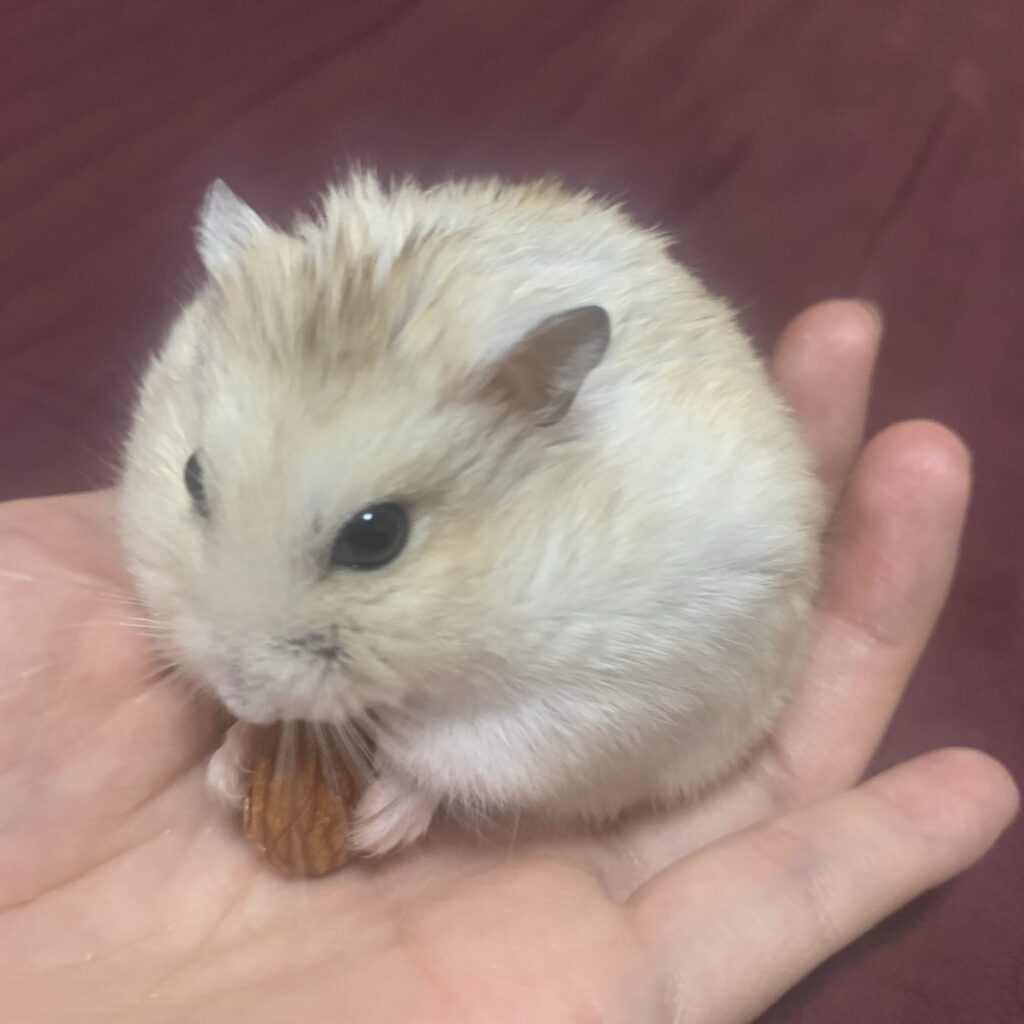
cheek pouches
Hamsters have an organ in their mouth called “cheek pouches.”
These pouch-like spaces, which are expandable and located on both sides of the mouth, allow them to stuff and carry food.
They have quite a large capacity.
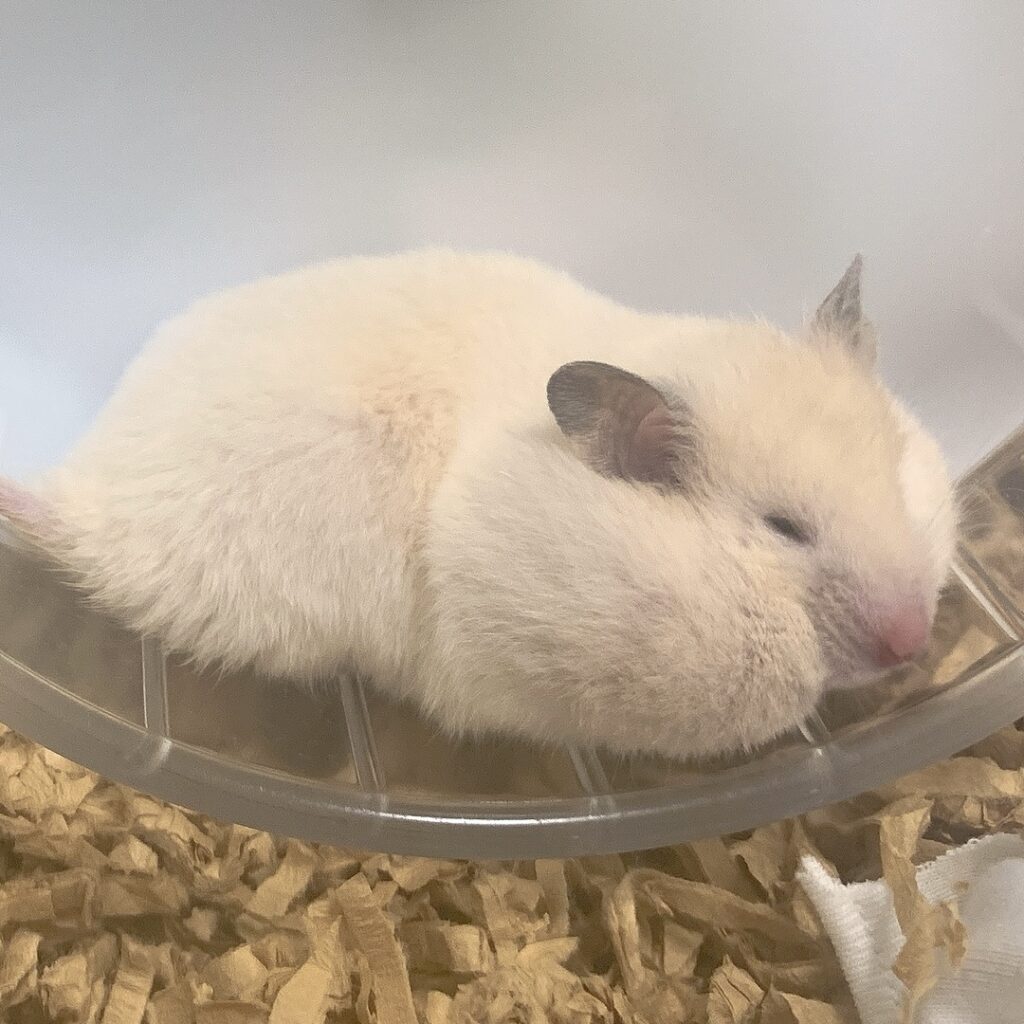
Bittocks and tail
There’s a short, stubby tail on its rear end, which is incredibly adorable.
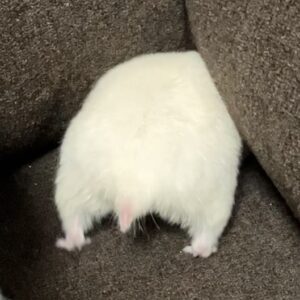
The rear end of a hamster is affectionately known as “Hamuketsu” and is particularly popular in Japan.
long front teeth
The number of teeth a hamster has is 16. There are two incisors each on the upper and lower jaws for gnawing, and six molars each on the upper and lower parts at the back of the mouth for grinding.
A distinct feature of the incisors is that they are very long and continue to grow throughout the hamster’s lifetime.
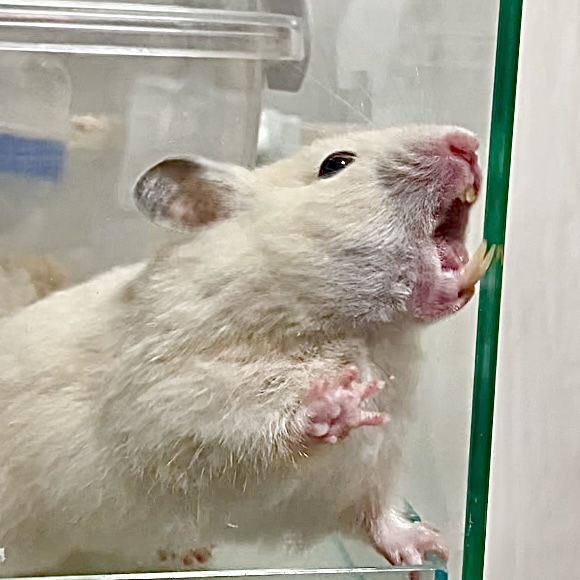
short limbs
The legs and arms of a hamster are very short.
Once they end up on their backs, they often struggle to get back up.
In the wild, hamsters primarily live underground.
Their limbs are said to have evolved to be short to adapt to burrowing through the earth and navigating through tight spaces.
Hamsters have four fingers on each hand and five toes on each foot, so the number of digits differs between their hands and feet.
Furthermore, Golden Hamsters have paw pads.
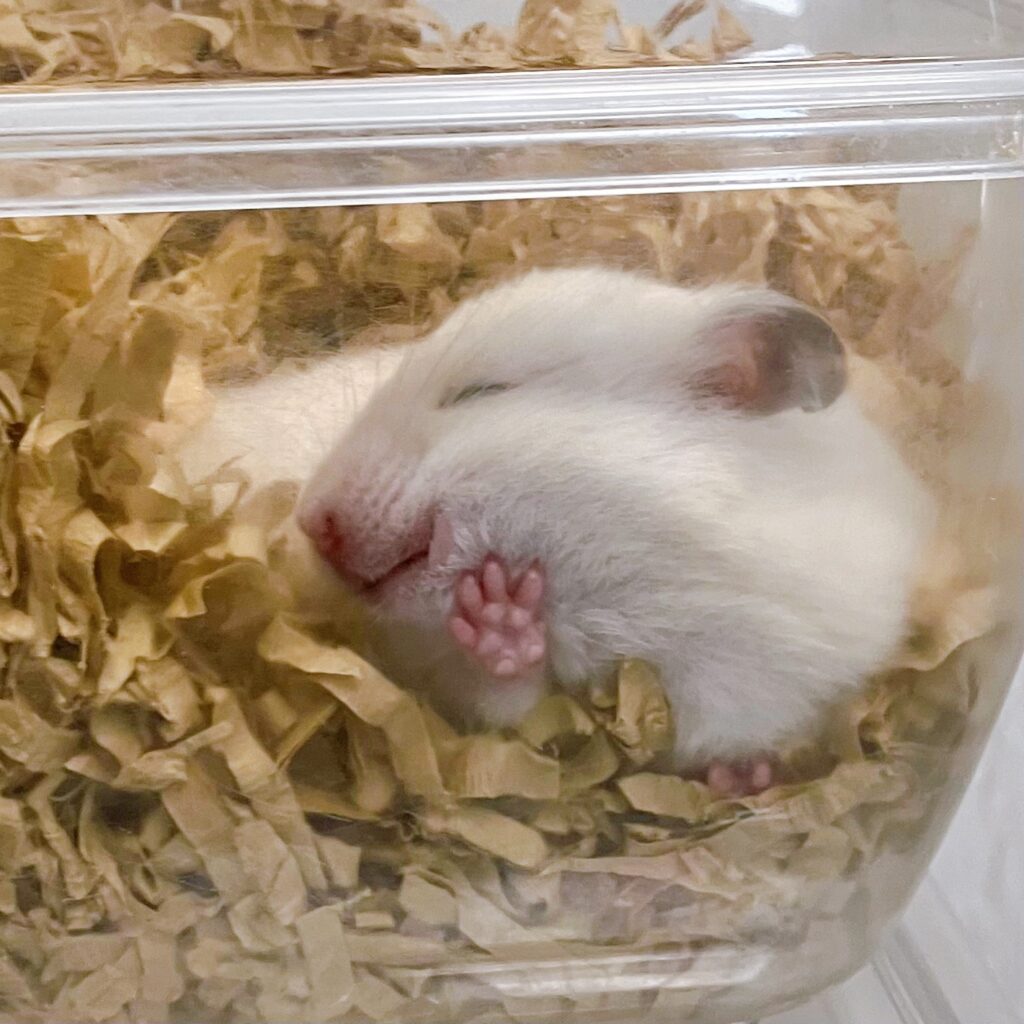
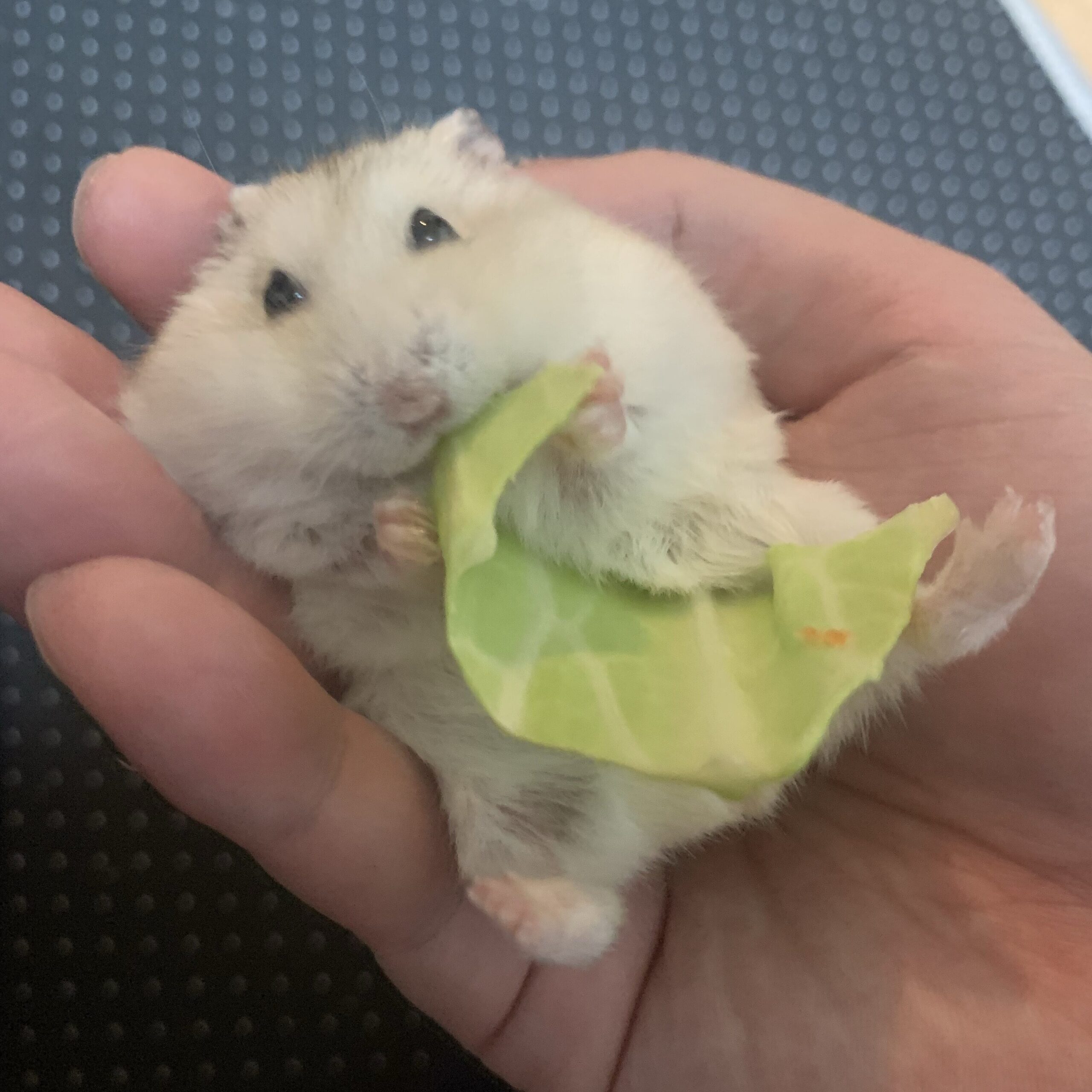
lovely round eyes
Sparkling round eyes are adorable, aren’t they?
It is said that hamsters have poor eyesight, only able to see clearly about 30cm in front of them.
They also can’t distinguish colors and are believed to see the world in black and white.
However, they are sensitive to light, able to detect even slight light in the dark, which allows them to run around even at night.
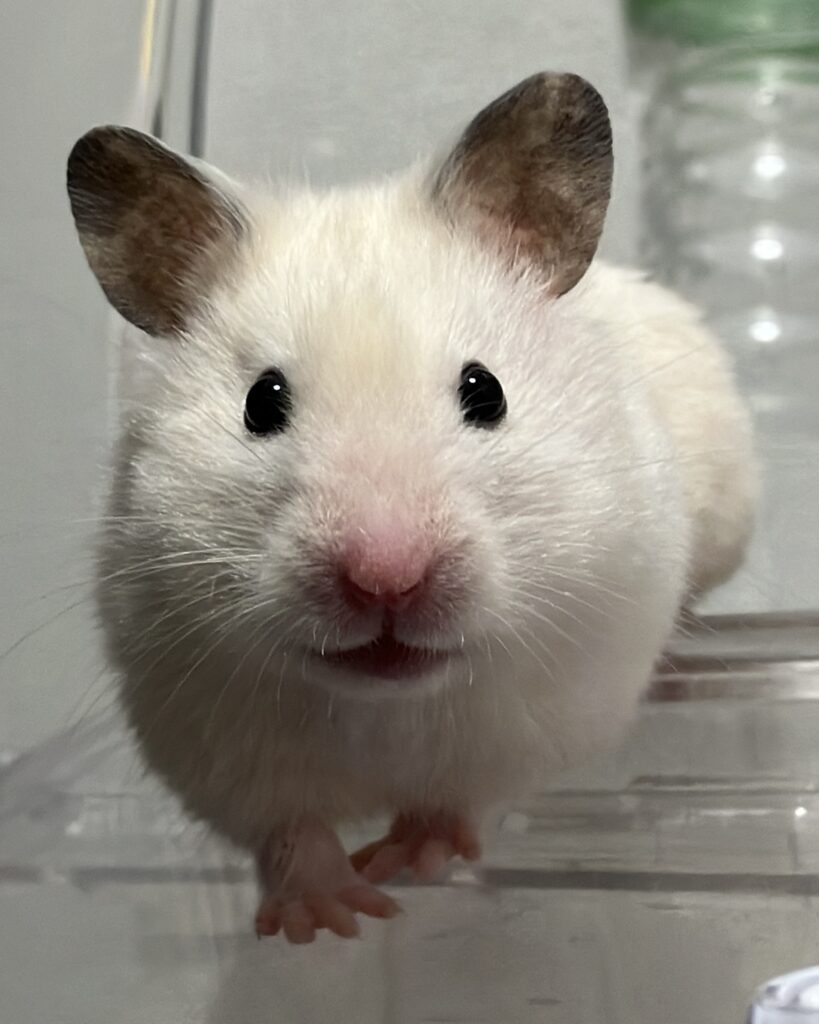
Various species, various hair colors
The hamster species are classified into 18 types.
There are differences in size, physical characteristics, and personality. Furthermore, even just among the famous Golden Hamsters and Djungarian Hamsters, there are individuals with a variety of fur colors.
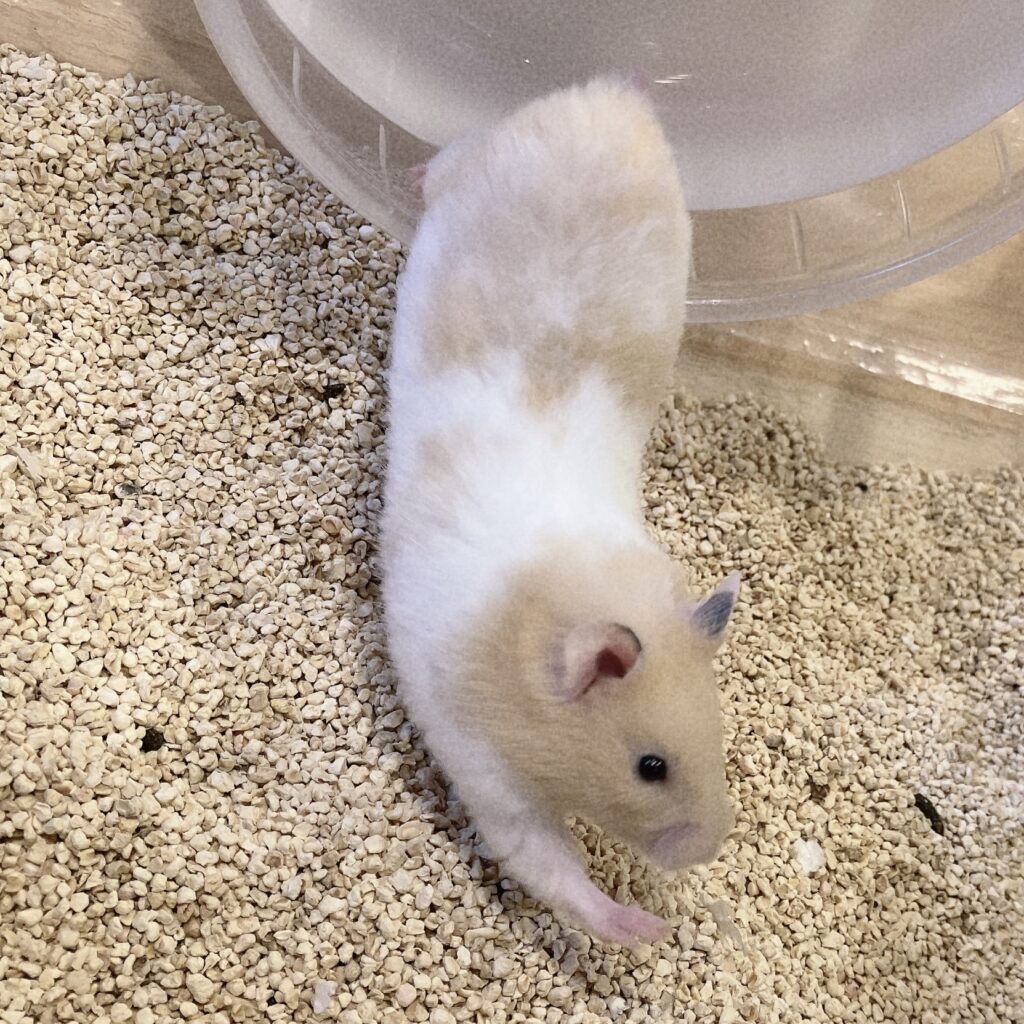

Ecology of Hamsters
They prefer narrow places
Hamsters are very timid and prefer narrow spaces where enemies cannot enter.
They love places like thin tunnels, corners of cages, and underground.
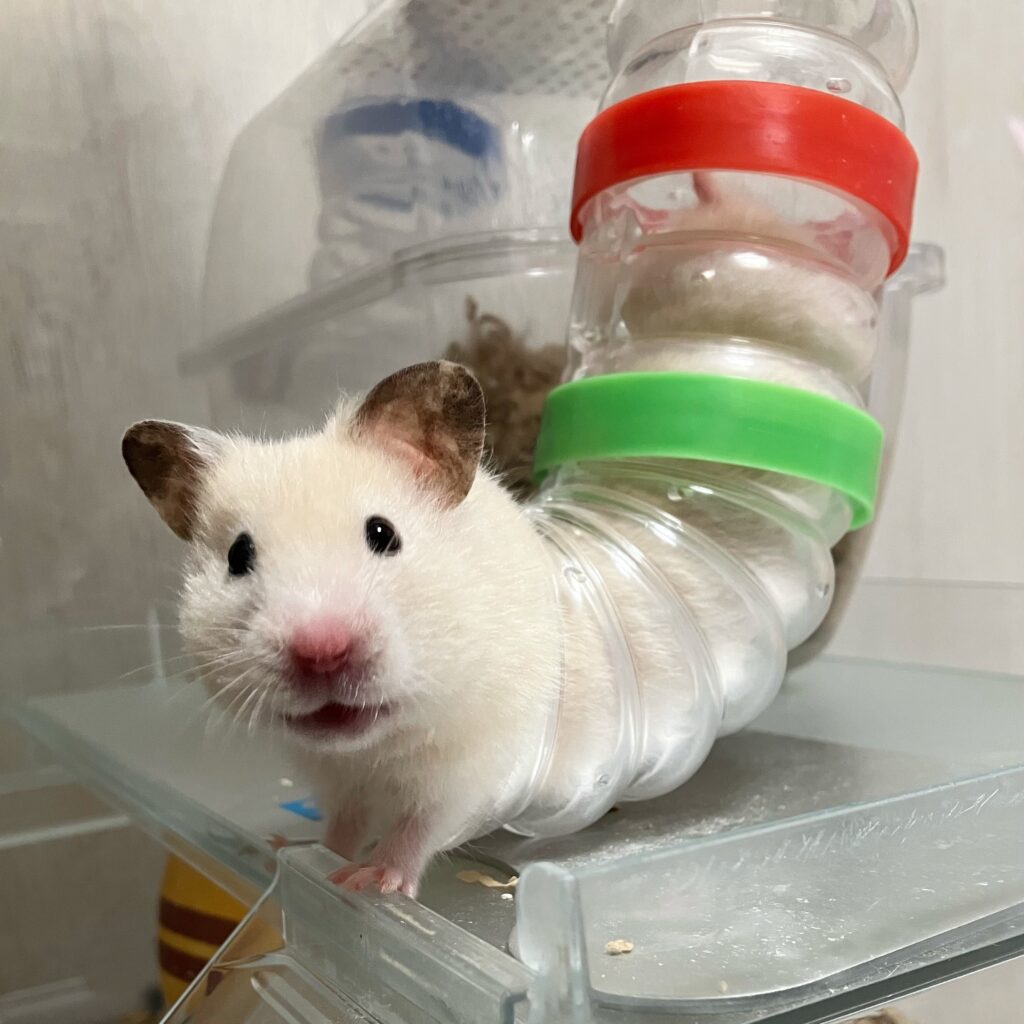
nocturnal
Hamsters are nocturnal animals, rarely active during the day and more active at night.
During the day, they sleep in dark places.
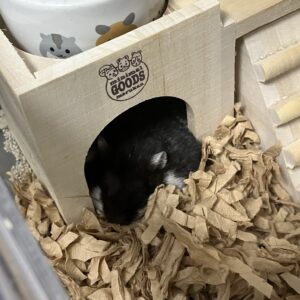
territorial
Hamsters are basically solitary creatures.
They are very territorial and do not want other hamsters in their range.
You may have seen many hamsters in the same cage at a pet store, but this is only possible for baby hamsters that have not yet awakened their ego.
However, the “Roborovski” are relatively less territorial, so you may be able to keep many hamsters in the same cage.
omnivorous animal
Hamsters are omnivores that tend to be herbivores.
Their staple food is often grains, but they can also eat insects and small fish.

Conclusion
I have introduced the physical characteristics and ecology of hamsters.
I hope I was able to convey the charm of hamsters.



